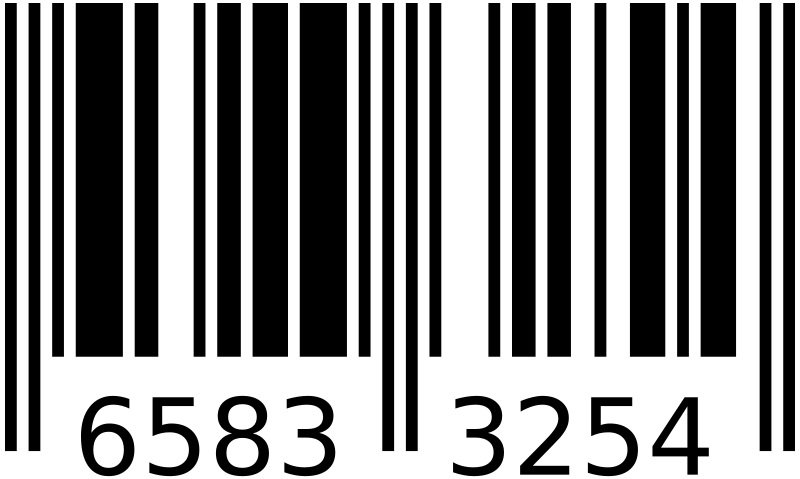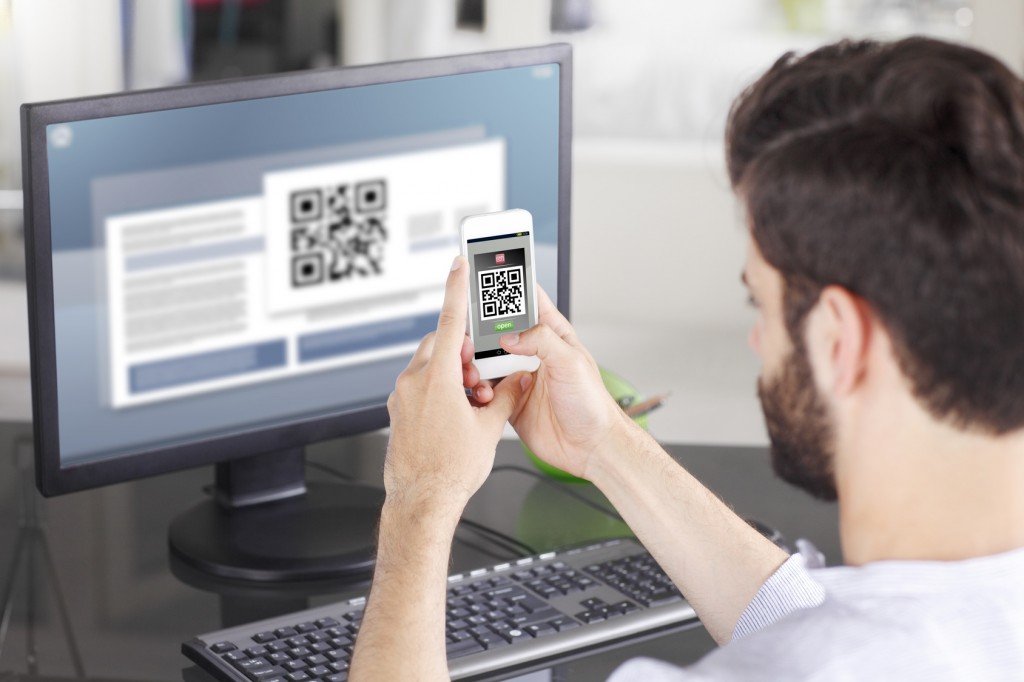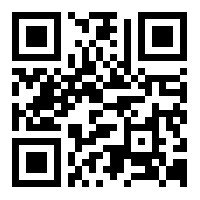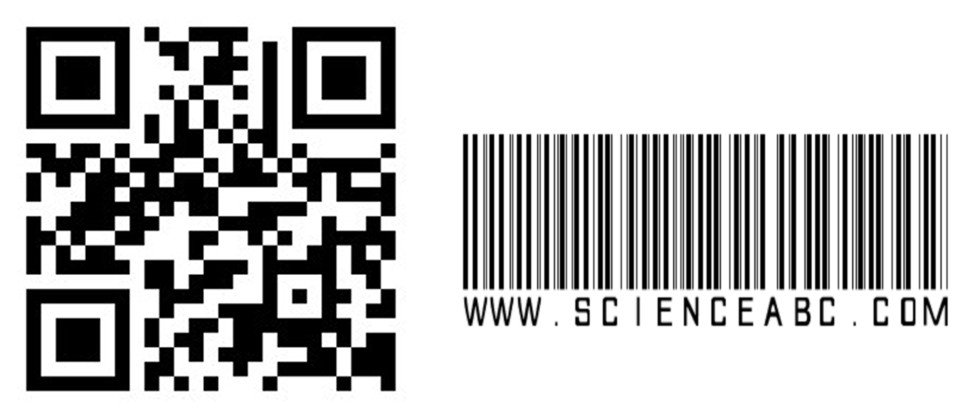I went to a grocery store a few days ago with a friend. At the billing counter, as is routine, the salesman flashed a hand-held device at a particular spot on the packaging of the product, and just as the device ‘beeped’, he picked another product and repeated the same procedure.
‘You see those black parallel lines? Those form a barcode.’ my friend informed me.
‘Yeah, I know. But do you know what do they do?’ I enquired, to which, the following expression flashed on his countenance:
What’s a QR Code And How Is It Different From A Barcode?
I went to a grocery store a few days ago with a friend. At the billing counter, as is routine, the salesman flashed a hand-held device at a particular spot on the packaging of the product, and just as the device ‘beeped’, he picked another product and repeated the same procedure.
‘You see those black parallel lines? Those form a barcode.’ my friend informed me.
We come across barcodes almost every time we buy something from a store. But what do they actually do? And how are they different from the increasingly popular QR codes?
What is a Barcode?
Anyone who buys stuff from stores must have seen barcodes; however, whether or not they realize it’s a barcode they are looking at is a different matter altogether! A barcode is a visual representation of machine-readable information about the product to which it’s attached. To put it down for a layman, a barcode is that small box printed on the packaging of a product, that has a small collection of black parallel lines of varying widths.
This isn’t just another box printed atop the cover of the product, it contains important information like the manufacturer’s name, type of item, price and so on, which can only be read by dedicated barcode reader machines. Since it only consists of data stored in horizontal direction, it is also dubbed as linear or 1D (1-dimensional).
What is a QR code?
Quick Response code, often abbreviated as QR code, is much similar to a barcode. In fact, it’s a type of barcode. Like barcode, it also contains machine-readable information concerning the item to which it is attached. But, unlike a regular barcode, a QR code is two-dimensional, i.e. it contains information both in vertical and horizontal directions.
QR codes contain a lot of information within them. From giant corporate organisations to next-door grocery store, everyone can create their own QR code and attach them to their products. This, for example, is the QR code of the URL of our website:
QR codes have gained popularity during the last decade due to the rise of smartphones. There are certain QR code scanner apps that can be downloaded for free on smartphones. So the moment you see a QR code, just scan it using the app on your phone (the app generally uses the primary camera of the phone to scan the code) and the pre-determined action (like opening a website, sending a tweet, download an app etc.) attached to the code will be triggered.
How is a QR code different from a Barcode?
Although both QR codes and barcodes serve the basic purpose of storing information pertaining to a certain product or an organisation, there are a few major differences between them.
Appearance
One of the biggest differences comes in terms of differences between their design, or simply how they look. Take a look at the QR code and barcode of the url of our page (www.scienceabc.com).
QR vs barcode image scienceabc.com
One can be easily told apart from the other just by a cursory glance.
Information-holding capacity
This also concerns the design of the two codes. While a barcode only holds information in the horizontal direction, a QR code does hold information in both horizontal and vertical directions (hence the name ‘2-Dimensional code’). Owing to this structural difference, a QR code holds hundreds of times more information than a barcode, and has a greater potential to hold more information in a smaller space than a barcode.
Customisation and Error Correction
This is, by far, the most desirable advantage of QR codes above traditional barcodes. QR codes come with an error margin that ranges from 7-30%.
In simple words, even if the packaging of the concerned product or the printed code is damaged or dirty, the QR code will still work. This feature is smartly exploited by companies and businesses. Because of the error-correction feature, they can (and do) put a small logo or a picture within the code to make it more associable to the business in question.
While barcodes have been around since more than a few decades, QR codes have become a ‘trend’ only since the onset of the last decade, thanks to the boom in the absorbency of smartphones among consumers. And as of now, it seems like QR codes are here to stay, till the popularity of augmented reality gives birth to an altogether different coding system.
References
Hey My Readers and Visitirs If You Like Us or Our Web Site Please Share and Link back To My Site ... Take Care .,.,.






























.png)
0 comments:
Post a Comment